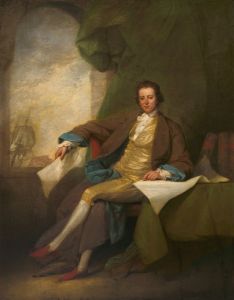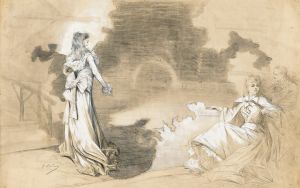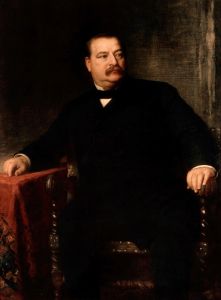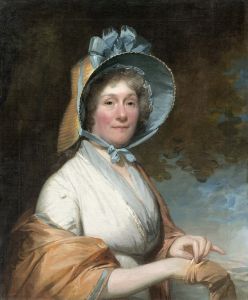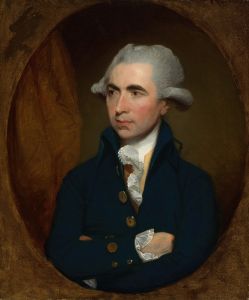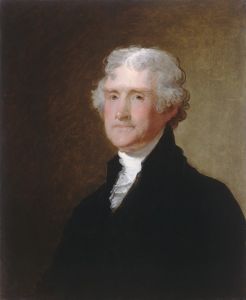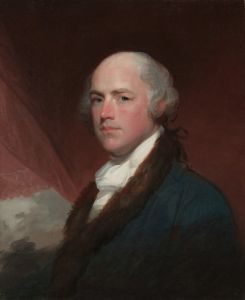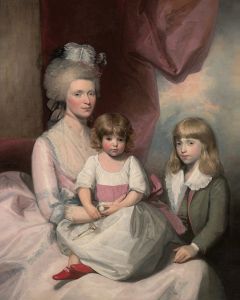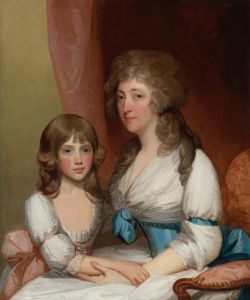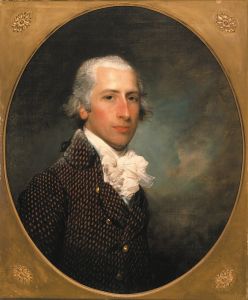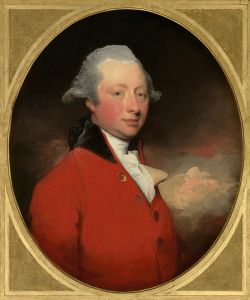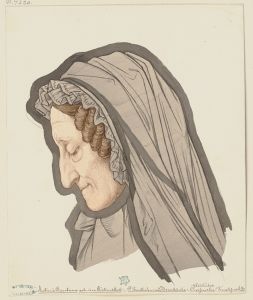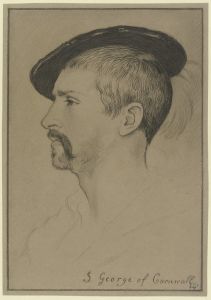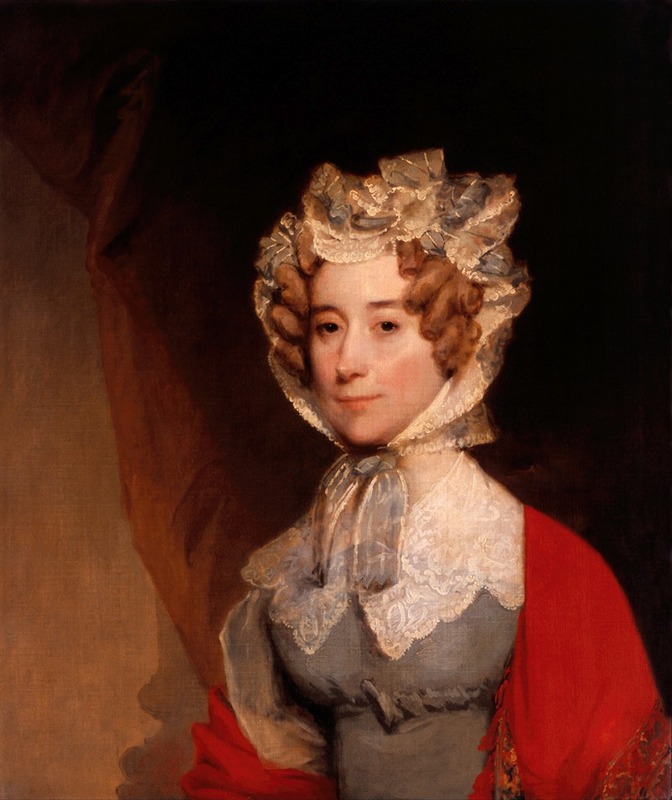
Louisa Catherine Johnson Adams
A hand-painted replica of Gilbert Stuart’s masterpiece Louisa Catherine Johnson Adams, meticulously crafted by professional artists to capture the true essence of the original. Each piece is created with museum-quality canvas and rare mineral pigments, carefully painted by experienced artists with delicate brushstrokes and rich, layered colors to perfectly recreate the texture of the original artwork. Unlike machine-printed reproductions, this hand-painted version brings the painting to life, infused with the artist’s emotions and skill in every stroke. Whether for personal collection or home decoration, it instantly elevates the artistic atmosphere of any space.
Gilbert Stuart's portrait of Louisa Catherine Johnson Adams is a notable example of early 19th-century American portraiture. Louisa Catherine Johnson Adams (1775–1852) was the wife of John Quincy Adams, the sixth President of the United States, and served as First Lady from 1825 to 1829. Born in London to an American father and a British mother, Louisa Adams was the only First Lady born outside the United States until Melania Trump. Her life and role as First Lady have been subjects of historical interest, and this portrait captures her during a significant period of her life.
The painting is attributed to Gilbert Stuart (1755–1828), one of the most prominent portrait artists of early America. Stuart is best known for his iconic portraits of George Washington, including the unfinished "Athenaeum" portrait, which appears on the U.S. one-dollar bill. His work is characterized by its attention to detail and ability to convey the personality and status of his subjects. Stuart painted many influential figures of his time, and his portraits remain an important part of American cultural heritage.
The portrait of Louisa Catherine Johnson Adams is believed to have been completed during the early 19th century, though the exact date of its creation is not definitively documented. In the painting, Louisa is depicted with a calm and composed expression, dressed in the elegant attire typical of her era. The work reflects Stuart's skill in capturing the refined demeanor and social standing of his sitters. The use of soft lighting and delicate brushwork highlights her features and adds a sense of dignity to the composition.
This portrait is significant not only as a representation of Louisa Adams but also as a reflection of the artistic and cultural values of the period. It provides insight into the fashion, aesthetics, and societal expectations of women in the early United States. Louisa Adams was known for her intelligence, wit, and resilience, qualities that are subtly conveyed in Stuart's portrayal.
The current location of the painting is not specified in widely available sources, but many of Stuart's works are housed in prominent institutions such as the National Gallery of Art in Washington, D.C., and the Museum of Fine Arts in Boston. The portrait of Louisa Adams is often referenced in discussions of her life and legacy, as well as in studies of Gilbert Stuart's extensive body of work.
This painting remains an enduring piece of American art history, offering a glimpse into the life of a First Lady and the artistic achievements of one of the nation's most celebrated portraitists.






